Looking to soothe the pain from common injuries athletes face? Discover top massage techniques that can help you with muscle recovery and improved circulation, getting you back on track faster. From strained muscles to sprains, workout massage and sports massage techniques offer relief and aid in recovery. Say goodbye to discomfort and hello to rejuvenation with these effective workout massage strategies. Whether it’s a nagging ache or a muscle strain, incorporating these massage techniques into your routine can make a world of difference in your athletic performance and overall well-being. Get ready to tackle peak injuries head-on and emerge stronger than ever before.
Understanding Common Risk Factors For Athlete’s Injuries
Overtraining And Lack Of Rest
Athletes often push themselves to the limit, training rigorously without allowing their bodies proper time to recover. This overtraining can lead to fatigue and increased vulnerability to injuries. By neglecting rest periods, athletes strain their muscles, increasing stress and making them more prone to common injuries like sprains or strains. Implementing regular rest days in training schedules is crucial for preventing stress-related performance issues.
One effective way athletes can combat overtraining and stress is by incorporating massage therapy into their routine. Massages help alleviate muscle tension and stress, improve blood circulation, aiding in quicker recovery times after intense workouts. By including massages as part of their self-care regimen, athletes can prevent injury caused by overexertion, improve performance, and give their bodies the necessary time to heal.
Poor Technique Or Form
Another significant risk factor for athlete’s injuries is utilizing poor technique during physical activities. Incorrect form while running, lifting weights, or performing other exercises can place unnecessary stress on joints and muscles, leading to various injuries such as tendonitis or stress fractures. Athletes must prioritize learning proper form to enhance performance under the guidance of a coach or trainer.
Massage techniques like deep tissue massage can target specific muscle groups affected by poor form, helping reduce muscle tightness and promoting better alignment during movement. Addressing muscular imbalances through targeted massages not only aids in injury prevention but also enhances overall athletic performance by improving movement efficiency.
Benefits Of Sports Massage For Athlete’s Common Injuries
Muscle Tension And Soreness Reduction
Sports massage is a valuable tool to soothe the pain and enhance the performance caused by common athlete injuries. It effectively reduces muscle tension and soreness, providing relief and improving performance after intense physical activities. By targeting specific areas of tightness or discomfort, sports massage helps athletes recover faster and improve performance.
Athletes often experience tight muscles due to rigorous training routines. Sports massage can alleviate this issue by applying pressure to release tension knots in the muscles. This targeted approach not only benefits immediate discomfort but also contributes to overall muscle health and flexibility in the long run.
Improved Blood Circulation And Healing
One of the numerous benefits of sports massage is its ability to enhance blood circulation. By promoting better blood flow throughout the body, it facilitates quicker healing and enhances performance from injuries sustained during athletic endeavors. Improved circulation means that essential nutrients, oxygen, and performance reach injured tissues more efficiently, aiding in their repair process.
When an athlete sustains an injury, proper blood flow plays a crucial role in recovery. Sports massage assists in maintaining optimal circulation levels around injured areas, ensuring that they receive adequate nourishment for healing purposes and improved performance. This enhanced blood flow not only speeds up recovery but also reduces inflammation associated with common sports injuries.
Enhanced Flexibility And Injury Prevention
Another significant benefit of sports massage is its positive impact on an athlete’s flexibility and range of motion. Regular sessions can help increase joint flexibility, making athletes less prone to future injuries related to stiffness or limited mobility. By improving flexibility, sports massage aids athletes in moving more freely during training sessions or competitions.
Flexibility is key for preventing injuries among athletes as it allows them to perform movements with greater ease and reduced strain on their bodies. Sports massage contributes significantly to enhancing an athlete’s range of motion by targeting specific muscle groups responsible for movement restrictions or imbalances.
Types Of Massage For Athletes’ Common Injuries
Deep Tissue Massage
Deep tissue massage focuses on reaching the deep layers of muscles, offering relief for chronic pain and injuries. This technique applies firm pressure to target specific areas that need attention. For athletes with muscle strains or sports-related injuries, deep tissue massage can help alleviate discomfort by breaking down adhesions and promoting better blood circulation.
Pros:
- Effective in treating chronic pain
- Targets specific problem areas
Cons:
- May cause soreness post-massage
- Intensity may not be suitable for everyone
Swedish Massage
Swedish massage involves long, flowing strokes that aim to relax muscles and enhance overall well-being. Athletes often benefit from this type of massage as it helps reduce muscle tension, improve flexibility, and promote relaxation after intense physical activity. The gentle nature of Swedish massage makes it a popular choice among athletes looking to soothe their bodies post-workout.
Pros:
- Promotes relaxation and stress relief
- Enhances blood flow and circulation
Cons:
- Less intense than deep tissue massage
- May not target deep-seated issues effectively
Neuromuscular Therapy
Neuromuscular therapy concentrates on identifying trigger points within muscles to relieve pain and restore proper muscle function. By applying pressure to these trigger points, therapists can release tension, improve range of motion, and address muscular imbalances commonly experienced by athletes. This targeted approach is beneficial for athletes dealing with specific areas of discomfort or restricted movement.
- Steps in Neuromuscular Therapy: a) Identify trigger points through assessment. b) Apply sustained pressure to release tension. c) Focus on restoring proper muscle function.
- Benefits: a) Addresses specific areas of pain. b) Improves range of motion effectively.
Techniques In Sports Massage For Injury Relief
Effleurage Technique
Effleurage is a gentle massage technique that involves long, gliding strokes. This method helps to warm up the muscles and prepare them for deeper techniques. By using effleurage, therapists can increase blood flow and circulation to the injured area, promoting faster healing. This technique is like gently caressing the skin to soothe it before applying more pressure.
Effleurage:
- Involves long, gliding strokes
- Helps warm up muscles
- Increases blood flow and circulation
Petrissage Technique
Petrissage is a massage technique that uses kneading and squeezing motions on the muscles. This method helps release tension built up in the muscles due to injury or overuse. By employing petrissage, therapists can promote relaxation in athletes while also targeting specific areas of tightness or soreness effectively.
Petrissage:
- Uses kneading and squeezing motions
- Releases muscle tension
- Promotes relaxation
Friction Technique
Friction techniques involve applying firm pressure on specific areas of the body with repetitive movements. These targeted actions help break down scar tissue and adhesions that may have formed due to injuries sustained during sports activities. Friction methods are crucial in improving flexibility, reducing pain, and enhancing overall muscle recovery post-injury.
Trigger Point Therapy In Alleviating Athlete’s Injuries
Definition And Benefits
Trigger point therapy involves applying pressure to specific points in muscles to relieve pain and tightness. This technique targets knots or trigger points that can cause referred pain in other parts of the body. For instance, it can help ease the discomfort associated with conditions like tennis elbow, IT band syndrome, and plantar fasciitis.
Athletes often experience muscle soreness due to intense training sessions. Trigger point therapy aids in speeding up the healing process by targeting these areas of tension and discomfort directly. By releasing these trigger points, athletes can find relief from persistent pain and improve their overall performance on the field.
Effectiveness And Application
One significant advantage of trigger point therapy is its effectiveness in addressing common athlete injuries such as shin splints. These painful conditions are often a result of overuse or improper form during physical activities. By focusing on these trigger points through targeted pressure application, athletes can alleviate the associated pain and promote faster recovery times.
Another key benefit is how this therapy helps reduce inflammation within muscles after rigorous workouts or competitions. The targeted pressure applied during trigger point therapy works to release tension buildup within muscle fibers, aiding in reducing swelling and promoting better blood circulation for quicker healing.
Myofascial Release And Its Impact On Injuries
Definition Of Myofascial Release
Myofascial release is a technique that targets the fascia, which is a connective tissue encompassing muscles. By applying sustained pressure, gentle manipulation, and stretching to the fascia, this method aims to alleviate tension in the tissue.
The primary goal of myofascial release is to enhance mobility, decrease pain levels, and restore proper muscle function. Athletes commonly benefit from these techniques as they help address injuries caused by overuse or repetitive motions.
Benefits Of Myofascial Release For Athlete’s Common Injuries
- Improved Mobility: Through myofascial release techniques like stretching and gentle manipulation of the fascia, athletes can experience enhanced flexibility and range of motion.
- Pain Reduction: By releasing tension in the fascia surrounding muscles, athletes may find relief from pain associated with common sports injuries.
- Restoration of Muscle Function: Myofascial release helps in restoring optimal muscle function by addressing tightness or restrictions within the fascia.
When athletes engage in activities that strain their bodies repetitively or intensely—such as running long distances or lifting heavy weights—they often develop tightness and discomfort in their muscles. Myofascial release serves as an effective tool for soothing such discomforts.
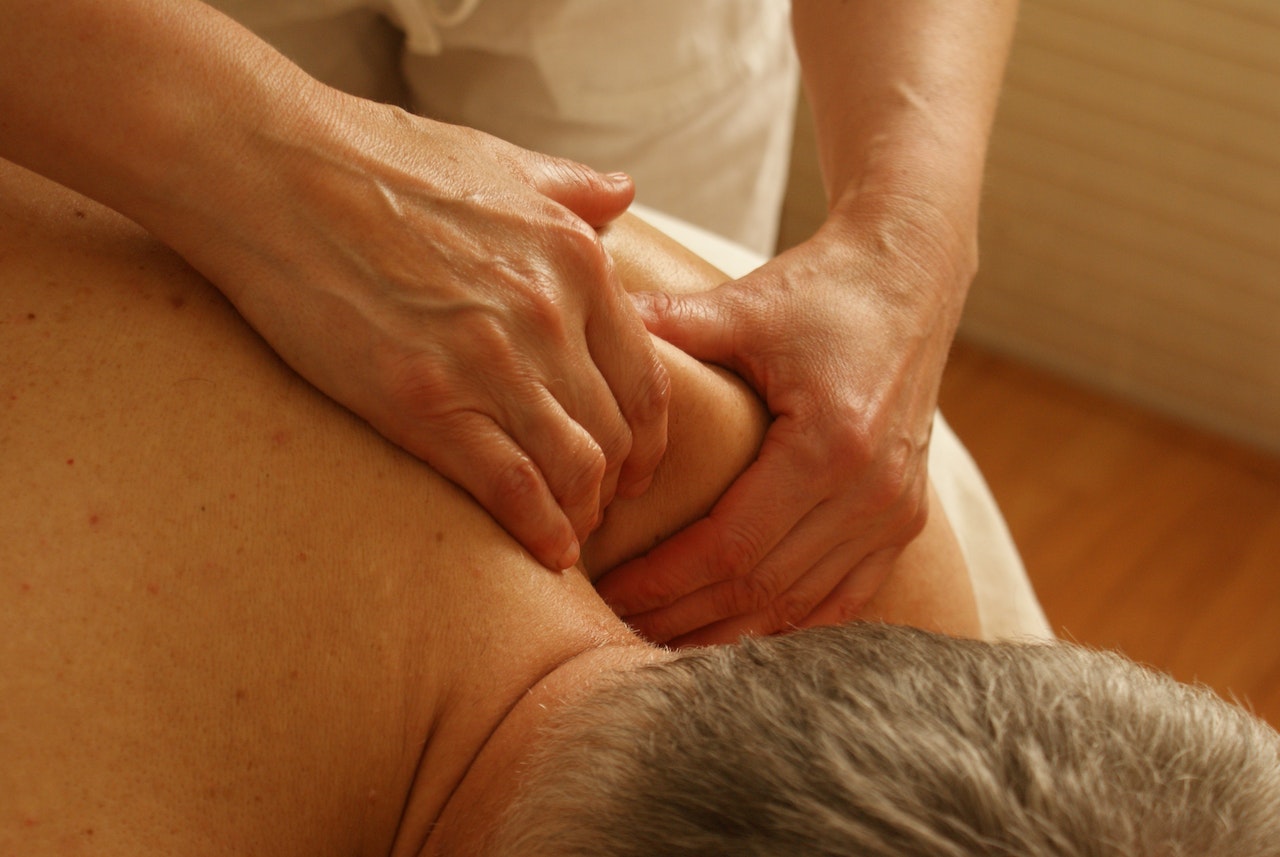
Enhancing Flexibility Through Sports Massage
Muscle Tightness Reduction
Sports massage is beneficial for athletes as it helps in reducing muscle tension and tightness. By targeting specific muscle groups, the massage techniques can release knots and trigger points that cause discomfort. This reduction in muscle tightness leads to improved flexibility, allowing athletes to move more freely during their workouts or competitions.
Regular sports massages are essential for maintaining flexibility by preventing muscles from becoming overly tight due to intense physical activity. Athletes engaging in contact sports or rigorous training sessions often experience muscle stiffness, which can limit their range of motion and increase the risk of injuries. Through targeted manipulation of muscles, sports massage promotes relaxation and alleviates any built-up tension that may hinder flexibility.
Joint Mobility Enhancement
In addition to reducing muscle tightness, sports massage also plays a crucial role in enhancing joint mobility. The techniques used during a sports massage session help improve blood circulation around joints, promoting better movement and flexibility. By focusing on ligaments and muscles surrounding the joints, athletes can experience increased mobility that allows them to perform acute stretching exercises more effectively.
Pros:
- Improved flexibility for enhanced athletic performance.
- Prevention of muscle strain through reduced muscle tension.
- Increased joint mobility leading to better range of motion.
Cons:
- May not be suitable for individuals with certain medical conditions like deep vein thrombosis.
DIY Sports Massage Techniques For Self-Care
Foam Rolling
Foam rolling is a fantastic self-massage technique that targets tight muscles and trigger points. By using your body weight on a foam roller, you can apply pressure to specific areas, helping to release tension and improve blood flow. For instance, if your calves are sore from running, gently roll them back and forth on the foam roller for relief.
Using a foam roller regularly can also prevent injuries by keeping your muscles supple and well-conditioned. It’s like giving yourself a deep tissue massage without the hefty price tag of professional services. Incorporating this technique into your routine can make a significant difference in how your body feels after intense workouts.
Pros:
- Helps release muscle tension
- Improves blood circulation
- Cost-effective compared to professional massages
Cons:
- May cause discomfort initially
- Requires proper form to avoid injury
Stretching Combination
Combining stretching exercises with self-massage amplifies the benefits by enhancing flexibility and relieving muscle tightness simultaneously. When you stretch after using massage techniques like foam rolling or ball pressure against the wall, it helps elongate the muscles further while they are already relaxed from the massage.
For example, if you’ve worked out your hamstrings intensely during training sessions, using a combination of stretching and self-massage can aid in preventing stiffness and promoting recovery. This approach not only soothes immediate post-workout pain but also contributes to long-term muscle health when practiced consistently.
- Start with gentle stretches before applying any self-massage techniques.
- Focus on breathing deeply during both stretching exercises and self-massage to enhance relaxation.
- Hold each stretch for at least 15-30 seconds to allow the muscles time to relax fully.
- Alternate between different areas of focus for an overall balanced approach towards soothing muscle pain effectively.
Choosing A Qualified Massage Therapist
Choosing A Qualified Massage Therapist
When seeking to soothe the pain of common injuries as an athlete, selecting a qualified massage therapist is crucial. Look for licensed therapists experienced in sports massage and injury treatment. Consider those who have previously worked with athletes or sports teams, ensuring their expertise matches your needs.
Reading reviews or seeking recommendations from trusted sources can further solidify your choice. A therapist’s experience and specialization in massage techniques tailored for athletes can make a significant difference in addressing and preventing common sports injuries effectively.
Benefits Of Regular Massages By Experienced Therapists
Regular massages by experienced therapists are invaluable tools for athletes dealing with common injuries. These sessions go beyond relaxation; they help alleviate muscle soreness, improve flexibility, and prevent future injuries. The hands-on approach of skilled therapists can target specific areas affected by overuse or strain.
Massage is not only an excellent way to address physical discomfort but also aids in calming the mind after intense training sessions or competitions. For athletes at any level, incorporating regular massages into their routine can enhance recovery time, overall performance, and well-being.
Closing Thoughts
You’ve delved into the world of sports massage, unraveling its magic in soothing athletes’ injuries. Understanding the root causes, benefits, and various techniques has equipped you with the knowledge to take charge of your recovery journey. Remember, whether it’s trigger point therapy, myofascial release, or enhancing flexibility through massage, each technique plays a vital role in your healing process. Choosing a qualified therapist or exploring DIY techniques can be the game-changer in how you tackle those nagging pains.
So, next time you hit the field or court, armed with these massage techniques, unleash your full potential and keep those injuries at bay. Your body is your temple; treat it with the care it deserves. Take action today to optimize your performance and well-being. Keep massaging away those barriers to victory!
Frequently Asked Questions
1. What Are The Common Risk Factors For Athlete’s Injuries?
Common risk factors for athlete’s injuries include overtraining, poor technique, inadequate warm-up, and improper equipment. Understanding these factors can help athletes prevent injuries and perform at their best.
2. How Can Sports Massage Benefit Athletes With Common Injuries?
Sports massage can aid in reducing muscle soreness, improving circulation, enhancing flexibility, and speeding up recovery from injuries. It is a valuable tool for athletes to maintain peak performance and prevent further issues.
3. Which Types Of Massages Are Effective For Treating Athlete’s Common Injuries?
Effective types of massages for treating athlete’s common injuries include deep tissue massage, Swedish massage, sports massage, myofascial release therapy, and trigger point therapy. Each type offers unique benefits in addressing specific injury concerns.
4. What Are Some DIY Sports Massage Techniques That Athletes Can Use For Self-Care?
Athletes can utilize foam rollers, tennis balls or lacrosse balls to perform self-myofascial release techniques at home. These tools help relieve muscle tension and improve mobility between professional massages.
5. How Do I Choose A Qualified Massage Therapist Specialized In Working With Athletes?
When selecting a qualified massage therapist for athletes’ needs, look for certifications in sports massage or related fields. Consider their experience working with athletes and ask about their approach to injury prevention and recovery tailored to athletic individuals.
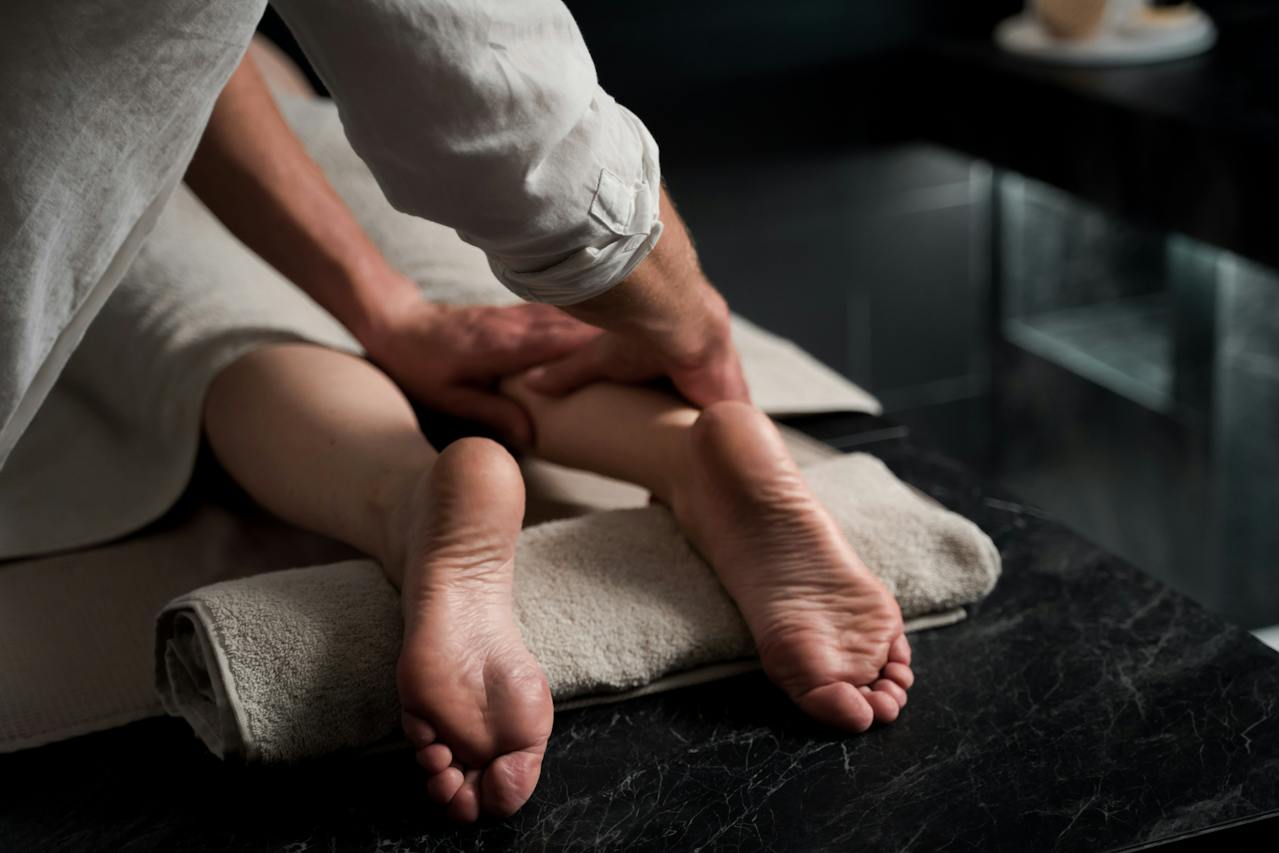
Unlocking Peak Performance: Elevate Your Athletic Abilities With Medicinevolution’s Specialized Massage Therapy!
Are you an athlete facing the challenges of muscle soreness, sports injuries, or striving for optimal performance? MedicinEvolution is at the cutting edge of combining massage therapy and sports science to propel you toward your peak physical condition. By leveraging the latest in sports massage techniques, MedicinEvolution targets the specific needs of athletes, addressing the root causes of your muscular discomfort and enhancing your recovery process. Say goodbye to the limitations of muscle stiffness, sports-related injuries, and the repetitive strain that hinders your athletic progress—as MedicinEvolution delves into the unique demands of your athletic body, steering you toward significant improvement. Their expertly crafted massage therapies are designed to transition you away from the discomfort and challenges restricting your performance.
If you’re contending with persistent muscle soreness, injuries, or the daunting barriers to achieving your full athletic potential, MedicinEvolution’s specialized approach, rooted in the synergy of massage therapy and athletic science, is tailor-made for you. Don’t let the hurdles of sports injuries or muscle discomfort dictate the boundaries of your athletic journey—take the initiative and book your session with MedicinEvolution today! Embark on a path with their athlete-focused massage therapy techniques and begin advancing towards a stronger, more resilient, and performance-enhanced athletic life. Your body and mind, freed from the constraints of discomfort, will thank you for it!

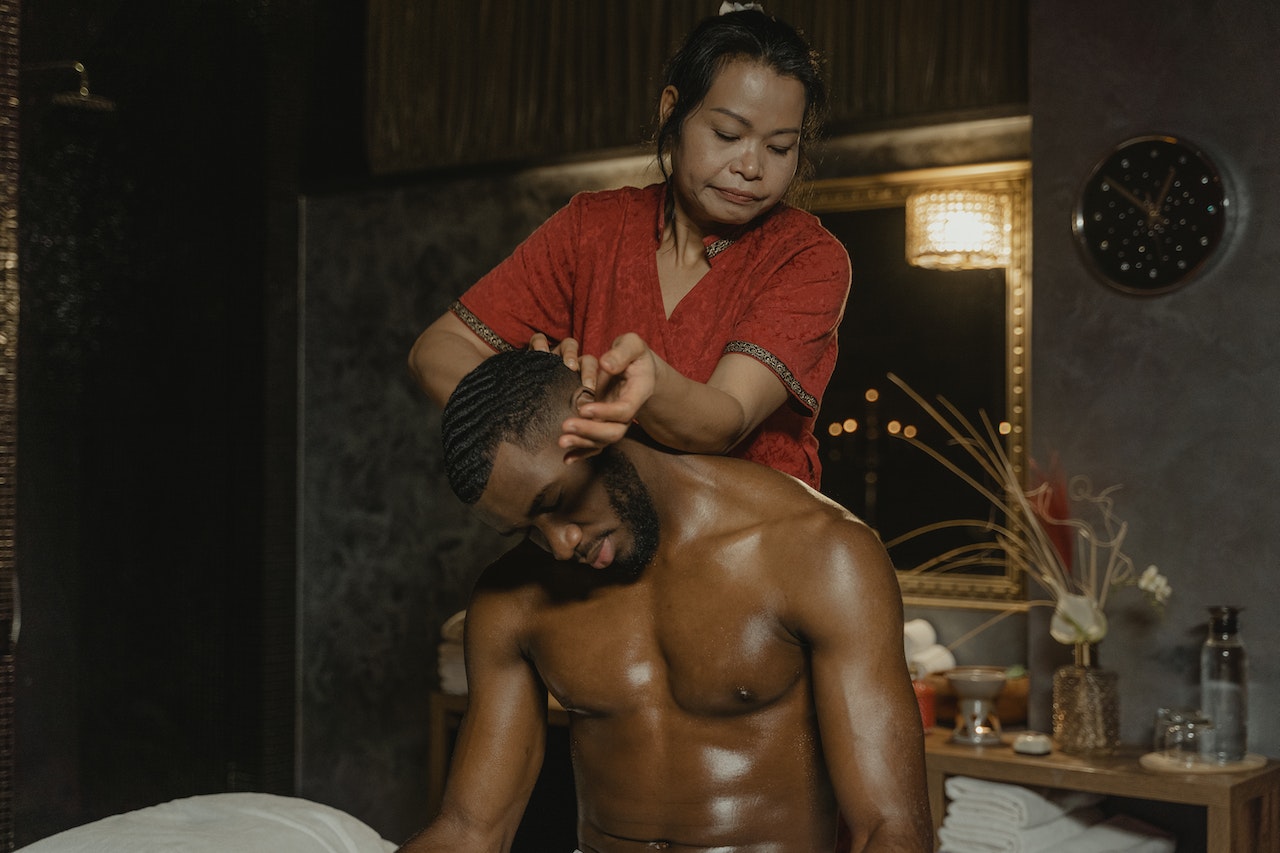

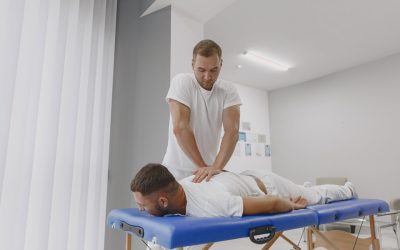
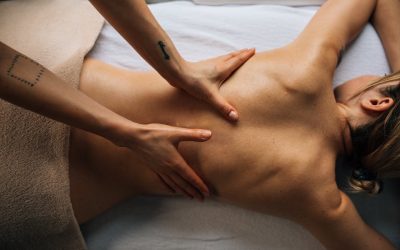
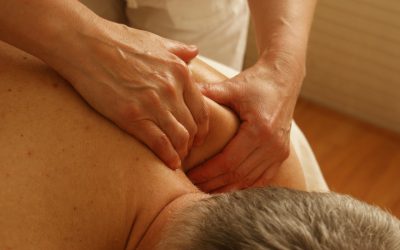
0 Comments